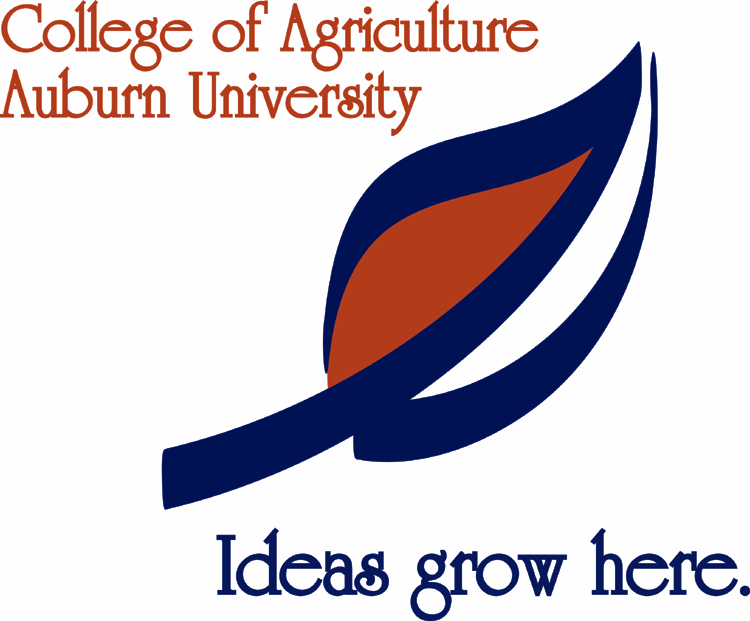|
GENERAL
AGRICULTURE IN THE UNITED STATES
Some of the
major trends in agriculture in the United States, since about 1900, can
be summarized as below.
-Population
has moved from rural to urban. Urban and suburban population now very
greatly dominates total population. Rural population is only a few percent
of total population.
- Agriculture
has shown a marked increase in the productivity per unit of land.
-The increase
in productivity is due to increased mechanization, increased use of chemicals,
more productive strains of plants and animals, and other advances in the
efficiency of techniques.
-The size
of the (near) contiguous land needed to run a successful farm has continually
increased. The size of the family farm has grown ever larger. Many acres
of land have gone over to corporations. Many family farms have disappeared.
-To some
extent, productivity increased with increasing farm size, but farms can
be so big as to become less efficient. Many factors working together determine
the most productive farm size, and the size of farms most likely to remain
in farming.
-The total
amount of land devoted to agriculture in the US increased slowly up until
about 1950, and then has decreased slightly. Even so, the total agricultural
product has increased a great deal because of increases in productivity.
Domestic US markets have not been able to absorb all the productivity,
so that it has not been necessary to maintain all the farms and farmland
even with the increase in the general population.
-Individual
farms, and whole regions, began to specialize, particularly after 1950.
By 2000, regional specialization in grains, dairy, meat production, truck
farming, fruit, nuts, wine, floriculture, etc. were well established.
-Farming
declined most sharply in areas that were less suited for modern farming
(less competitive with other regions) such as the Southeast. These regions
are less suitable because of poor soils, climate stress and susceptibility
to financial stress (see below).
-Some crops,
such as soybeans, increased in the amount of acreage from 1960 to 1980,
with the expansion of international markets and with shifts in domestic
markets; but that expansion eventually settled into balance with other
traditional crops. Such "alternative" crops as soybeans sometimes
expanded quickly in areas where traditional crops had most declined, such
as the Southeast; but then often declined there just as quickly due to
the general problems with agriculture in those regions.
-Meat consumption,
and production, declined after about 1975, primarily due to increased
grain prices, changes in ideas about health and to changes in consumer
tastes. Consumption and production seems to have remained steadier after
1990.
-Some truly
new alternatives, such as aquaculture, have grown since about 1980, especially
in regions where traditional agriculture diminished the most and local
climate was suitable, such as the Southeast, the Northwest and the Northeast.
-The amount
of capital needed to run a successful farm has steadily increased.
-Federal,
state, and local research and extension considerably helped increase farm
productivity, at least until the 1980s. Research and extension probably
continue to play a major role in places where soil, weather, product choice,
and social institutions allow them to have an impact.
-Agriculture
has always suffered from:
(a) Unpredictability
of crop performance (yield and quality). One major reason is unpredictability
of weather.
(b) Variability
in crop price, and therefore profitability, regardless of yield. Crop
price is strongly sensitive to small changes in supply around the market
equilibrium point or around market "saturation" (due to inelastic
demand for agricultural products, to "inferior" goods effects,
and sometimes to the "kinked demand curve" effect). In particular,
success in a crop one season can lead to large crop volume in subsequent
seasons and to a rapid significant reduction in potential profit for that
crop despite high yields. Because of the sustained increases in productivity
in American agriculture, many agricultural markets are often near "saturation"
and thus often susceptible to small changes in supply.
-Greater
access to all national domestic markets (due to improved storage and transportation),
expansion of world markets (both of buyers and producers), greater access
to world markets, and expansion of goverment payment programs, all have
partly buffered agricultural fluctuations, but have not made flucutations
minor.
-Government
payments have played an increasing role in stabilizing markets and in
determining how farms are successfully run.
-Land prices
have increased generally for several decades for both agricultural land
and other land. The increase in the price of land generally is due to
increase in the total population and to increase in suburbanization. The
increase in the price of agricultural land to some extent followed the
increase in agricultural productivity, but the increase has probably been
influenced also by changes in the general price of land.
-Therefore,
the ability to borrow on agricultural land values may not arise entirely
from the value of farms as agricultural entrerprises but may also reflect
the value of land for speculation. This pattern of borrowing has sometimes
caused problems, especially when market forces (often non-agricultural
market forces) have rapidly changed land prices.
-In farming,
the rate of return on assets (or on invested capital), that is profits,
has never been very high in comparison to other economic alternatives.
Farmers suffer a continual opportunity cost. Many people choose to remain
on the farm anyway. Now, nearly all non-corporate farmers need some supplemental
non-farm income. Low profit rates and dependence on non-farm income makes
borrowing by farmers more necessary, and therefore makes farmers more
vulnerable to any discrepancy between the value of land for farming and
land prices.
-Agriculture
in the Southeast seems even more affected than the average by general
decline and by specific crop shifts, market shifts, changes in the value
of land, and the availability of capital.
|
